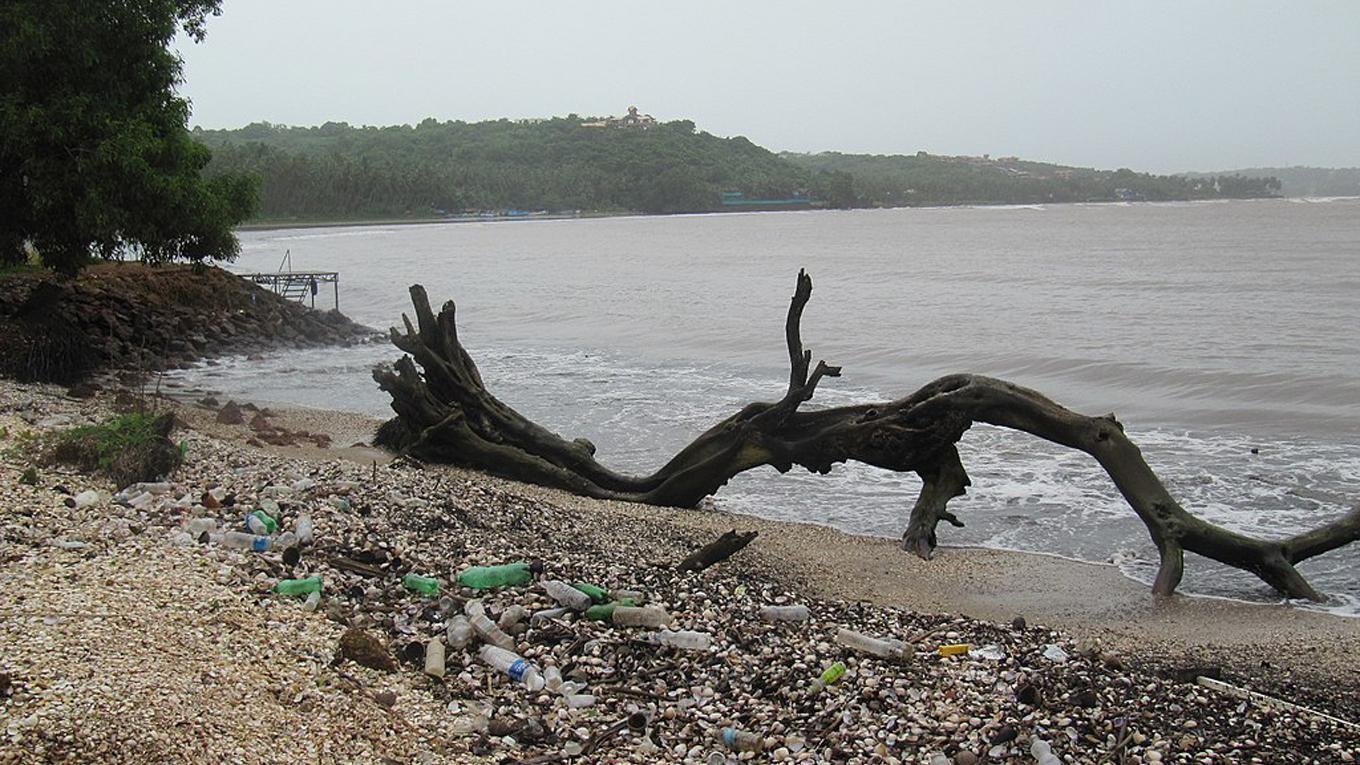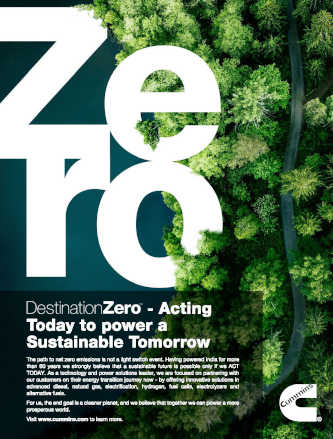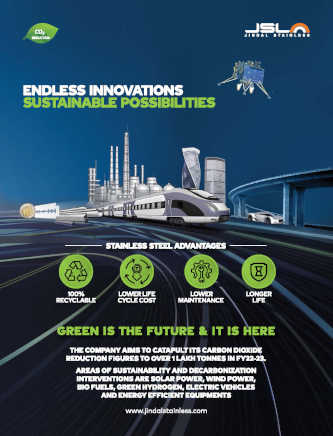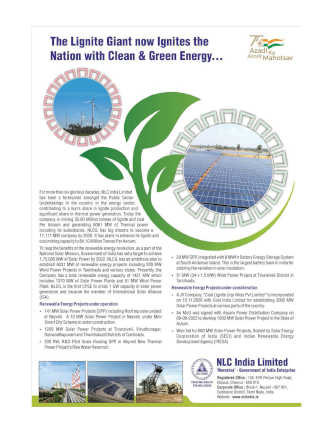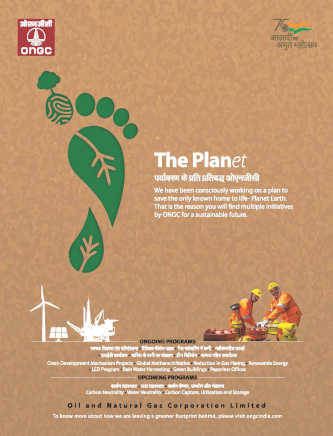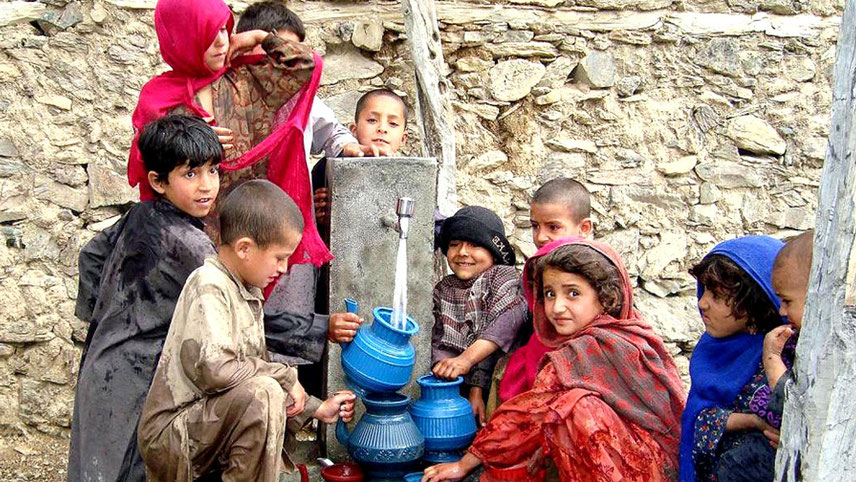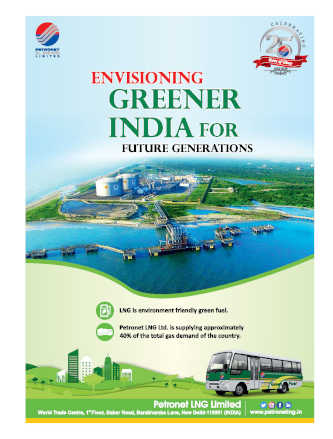
There is one uncontested, disturbing twist to this current warming of our planet: some part of this warming is baked in and cannot be reversed easily. Blame this on climate inertia – greenhouse gases have long atmospheric lifetimes because their removal from our atmosphere can take centuries. Which means a fraction of today’s emissions will continue warming the planet for hundreds of years in the future. Moreover, climate change is a global problem. To reverse or even pause its effects requires coordinated global action to reduce and ultimately reverse emissions. This is not an easy task – indeed, it may be the greatest task humanity has ever faced. Now combine this with the dawning understanding that India is perhaps the most vulnerable country to climate change. This makes it prudent to shift the narrative from merely ‘cutting emissions’ to ‘building resilience’– in our cities, in our farms and in our lives. Now, building resilience is a different beast from cutting emissions – in that it works best in a hyperlocal context, in start-up lingo. This is especially true given our own choices conspire with the climate to worsen its impact. For example, we multiplied the destructive impact of the Chennai floods by actively building over waterbodies and dumping waste into Chennai’s waterbodies. At the very least, this means some power to solve the Which brings us to two pillars of building climate resilience in India: water and waste. Pillar 1: Water: Let us begin with water. The Niti Aayog report reminded us that India is facing its worst water crisis ever. Curiously, the report did not mention climate change – perhaps it judged that the situation was dire enough without adding climate change to the picture. But there is no escaping the fact that climate change is set to increase the variability and volatility of India’s water supply – making storms more powerful and droughts I confess it was the hydrological consequences of climate change that had me truly scared – after all, running out of water at home popped the bubble that I, like so many of us, shroud ourselves with. When we ran out of water at home, we did what many of us do across India: we bought water. With a large garden, that quickly became our #1 household expense. And we had no clue how to cut the expense, because, we, like many non-poor Indians, had no idea how we used our water. To find out, we installed meters on all the main taps in the house. Suddenly, there was a vivid picture in place of the earlier fog, and it became easy to manage our water – fixing leaks, lowering pressure, harvesting rain, using drip irrigation and recycling water to name just a few. Soon, we stopped buying water. In 2017, in the worst drought Madurai has seen in a century, our house became the only house in the neighbourhood that did not buy water. That was proof-of-concept. We expanded these efforts in our factories, where we have over a hundred meters helping us generate kaizens to save millions of litres, including discovering the glory of sewage treatment plants, which give us thousands of litres of usable water every day. What we did was not rocket-science, but water-science, backed with data and low-cost innovation. Are these efforts scalable? To scale water management, India will need far more robust data on how and how much water she uses in her cities and in her farms. When less than one in seven connections are metered in cities, and fewer still are metered in farms, the prospects of managing water are not great. If we are really in a crisis, why don’t we seem to care? One explanation is that Indians are accustomed to provision, not management. Another is that economically vulnerable Indians make decisions on very short timescales because their lives are so uncertain. Simply put, when you don’t quite know where your next meal is coming from, you are unlikely to endure short-term pain for some benefit which will take more than a year to come through. Because so many Indians are economically vulnerable, the democratic realities of India imply that action will happen ONLY when the pain is personal and poignant. Extending this reasoning, this means actions will materialise (and work well) in more regional/city/even neighbourhood context. For example, neighbourhoods in Bengaluru (and indeed many other city peripheries) are pursuing water management – metering, sewage treatment, rainwater harvesting – not only because of regulation (which in India can be hard to implement uniformly) but because it makes good commercial sense. These apartment blocks exist in Day Zero already – they do not have municipal connections and they have exhausted their groundwater reserves – their only alternative is expensive tanker water. Management begins to look attractive when the resource is priced. After all, why measure something that is free? This brings us to water pricing. Some raise objections to pricing water (or electricity for farmers) on the grounds that it hurts the poor. But that argument does not fly. When we at Sundaram Climate Institute surveyed over 1,000 households in Madurai on waste and water realities, we discovered that the poor pay the highest price for water – both directly through the tanker water they buy, and indirectly through lost time and blows to health. In rural India, poor farmers do not have access to borewells, only the wealthier ones do. Who are we subsidising with free power? Moreover, consider that even wealthy households in Israel pay a far lower price for top-quality water than many (poorer) Indians pay for their lower quality water. Lastly, there are technologies available today that allow a basic quantum of water to remain free for the poorest households – allowing any But we cannot manage something we do not value. Perhaps the silver lining of a warming climate is to unveil the value of our water. Climate resilience comes in other hues. When you are wading in brown flood waters, your problem is not too little water, but too much. What do you do then?
problem is in our hands.
more devastating.
subsidy to be more finely targeted.

